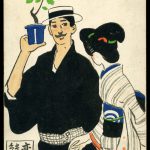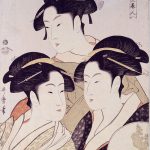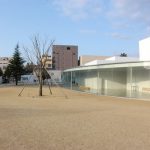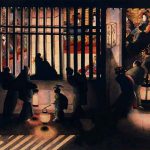What’s So Amazing About Hiroshige Utagawa?
Landscape Painting by Hiroshige Utagawa, Depicted Japanese Beauty with Perfect Layout and Delicate Sensitivity
Hiroshige Utagawa first tried to become Toyokuni Utagawa’s pupil, but he was refused since it was overloaded. Finally, he became a pupil of Toyohiro Utagawa. Hiroshige was influenced by his mentor, Toyokuni who had unique view of art and created deeply emotive landscape paintings.Ukiyo-e portraying actor or beautiful women were popular at the time Hiroshige made a debut as an Ukiyo-e artist. He painted those, but he could not become popular in the field.
As soon as he introduced “Fifty-Three Stages on the Tokaido” in 1833, it was highly evaluated. He made landscape painting as popular genre. His painting was close to the real landscape by giving perspective naturally to painting.
In his masterpiece, “Fifty-Three Stages on the Tokaido”, the figures of people painted in a picture seem very emotive. Mountains in background were deformed dynamically. While pursuing realism, he was a seeker of new Ukiyo-e expression by applying his unique sensation.
Hiroshige portrayed a bird’s eye view of Edo in his famous piece in later life, “One Hundred Famous Views of Edo”. You would see the mind of people who once lived in Edo and this painting makes you feel like time-traveling to the time of Edo.
His painting was created incorporating unique techniques like stable layout, depth perception and modern style. Those styles and emotive atmosphere makes his work attractive.
Wrote by Vivian







